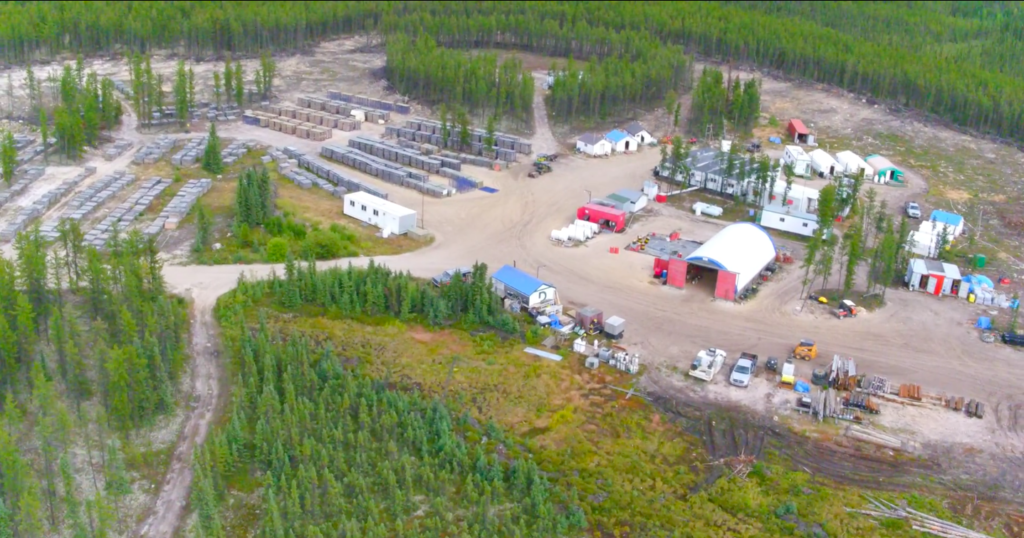Denison enters agreement with Kineepk Métis for Wheeler River uranium project


Denison Mines (TSX: DML) has entered into a participation and funding agreement with Kineepik Métis Local #9 (KML) to express their mutual commitment to the co-development and advancement of the in situ recovery (ISR) uranium mining operation proposed at the company's flagship Wheeler River project.
KML represents the Métis rights holders who live and practice traditional activities in the vicinity of the Wheeler River project and the municipality of the Village of Pinehouse, which is located 225 km south of the Key Lake mill, on Highway 914.
Métis citizens of KML have substantive ties to the territory in the Athabasca Basin region that includes Denison's Wheeler River project and several exploration properties located between the McArthur River mine and Key Lake mill.
The participation agreement builds on an existing letter agreement between Denison and KML with respect to the support of KML's contributions to, and participation in, the federal and provincial environmental assessment process for the Wheeler River project. Additionally, the parties have entered into an exploration agreement in respect of Denison's exploration and evaluation activities within KML's land and occupancy area.
"Denison values the long-standing relationships it has built with KML and the community of Pinehouse, and is deeply respectful of the community's thriving culture, deep-rooted traditions and aspirations for further economic growth and prosperity," David Cates, president and CEO of Denison, stated following the formal signing of the agreement.
"These agreements demonstrate Denison's commitment to advancing reconciliation through taking action and reflect the principles expressed in our Indigenous Peoples policy. We view these agreements with KML as foundational to the sustainable advancement of our various operations in the Athabasca Basin region, as they establish the ways in which we will continue to work together positively with KML on both the advancement of the Wheeler River project and our extensive exploration portfolio," Cates added.
Wheeler River is considered to be the largest undeveloped uranium project in the eastern portion of the Athabasca Basin of Saskatchewan. It includes the highest-grade undeveloped uranium deposit known today (Phoenix), containing 59.7 million pounds of uranium oxide (U3O8) from 141,000 tonnes at 19.1% U3O8 in probable reserves. The project is 95% owned by Denison, with JCU (Canada) Exploration holding the remaining 5%.
A prefeasibility study completed in 2018 considered developing the Phoenix deposit as an in situ recovery uranium operation that would produce 109.4 million lb. U3O8 over a 14-year mine life. The after-tax net present value, with an 8% discount rate, would be $755.9 million and the internal rate of return 32.7%. Initial capital costs would be $1 billion, but it would generate an operating cash flow of $4.3 billion.
More information is available on www.DenisonMines.com.
Comments